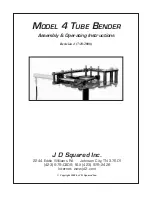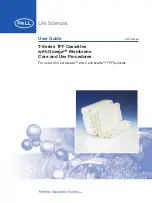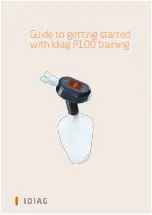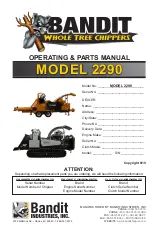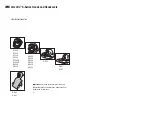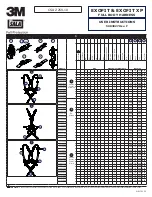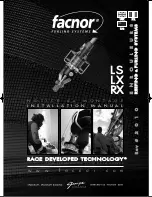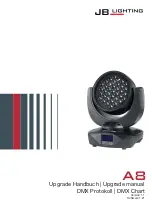
Labeled
right on the equipment!
Figure 1
Figure 2
Figure 3
Figure 4
Figure 5
Figure 6
Figure 7
Figure 8
Figure 9
800ia Owner’s Manual - 2
A
80-120 lbs
120-220 lbs
36-54 kg
220-300 lbs
54-100 kg
100-136 kg
Beginner / Partial Inversion
Suggested for Full Inversion
opposite Pivot Pin
Bottom Hole
near Pivot Pin
Top Hole
Middle Hole
B
C
Most
Responsive
Least
Responsive
User Settings
Roller Hinges: Select a Hole Setting
1 Set Height
Product images throughout this document may vary from your model.
The Ankle Comfort Dial rotates into a High (1) or Low (2) setting (Figure 9), with a one inch height variance.
Set the Ankle Comfort Dial so the Front & Rear Ankle Cups secure around the smallest part of your ankles
(with minimal distance between the Ankle Lock System and the top of your foot). This will reduce body slide
on the Table Bed while inverted, which can cause a shift in weight distribution and interfere with the ease of
which you can control your rotation.
Attach the Angle Tether to the U-Bar under the Table Bed (Figure 8) to limit the degree of rotation. Slide
the buckle to lengthen or shorten the tether to pre-set your desired maximum inversion angle, or unclip the
tether altogether when you are ready to rotate into full inversion.
Main Shaft: Determine a Height Setting
1. Stand on the left side of the A-Frame. Loosen the de-rattler knob. Pull out the Height-Selector Locking Pin
with your right hand while sliding the Main Shaft out with your left (Figure 7). For ease of adjustment, lower
the Main Shaft below horizontal to lengthen and raise the Main Shaft above horizontal to shorten.
2. Start by sliding the Main Shaft until the last setting you can read is one inch greater than your height
(e.g. if you’re 5’10”/178 cm, the last numbers visible will be 5’11”/180 cm). This helps to ensure that the rotation
of the table is not too fast. You will test to see if this setting is right for you later. Your ideal height setting will
depend on your weight distribution and could vary several inches on either side of your actual height.
3. Release the spring-loaded Height-Selector Locking Pin to fully engage a hole
setting. Use caution to prevent pinching fingers. Ensure the Pin passes
completely through the Main Shaft. Re-tighten the de-rattler knob.
Angle Tether: Pre-Set the Angle
Ankle Comfort Dial
™
: Find Your Setting
The Roller Hinges control the responsiveness or rate of rotation of
the inversion table. There are three holes; the hole selection
depends both on your body weight and the rotational
responsiveness you desire (diagram right). For users just learning to
use the inversion table, use the 'Beginner / Partial Inversion' setting.
Changing the Roller Hinge Setting
1. Loosen the de-rattler knob. Pull out the Height-Selector Locking Pin
and slide the Main Shaft in all the way to the very last hole (the storage setting near the Rear Ankle Cups).
Release and engage the Pin (Figure 1).
2. Stand in front of the Table Bed and rotate it opposite from use (Figure 2) to rest against the Crossbar of the A-Frame.
3. Grasp each Roller Hinge under the Pivot Pins, using your thumbs to open the Self-Locking Hooks over the Pivot Pins (Figure 3).
Lift both sides of the Table Bed out of the A-Frame and rest the head of the Table Bed on the floor.
4. Open each Cam Lock completely. Disengage the Roller Hinge from the Bracket Pin and slide it to the desired setting (Figure 4).
Engage the Bracket Pin in the same Roller Hinge hole setting on each side. Secure the Cam Lock.
5. Re-attach the Table Bed into the A-Frame Hinge Plates (Figure 5). Ensure the Self-Locking Hooks snap closed over each Roller Hinge
Pivot Pin. Rotate the Table Bed to the use position and adjust the Main Shaft for use (Figure 6). Re-tighten the de-rattler knob.
There are four (4) User Settings on your Teeter
®
that must be properly adjusted for your unique needs and body type. Take time to find
your ideal settings.
Every time prior to using the inversion table,
make sure the User Settings are adjusted to your personal settings.
Failure to set these adjustments correctly may result in too rapid inversion or difficulty returning upright.
WARNING
!














